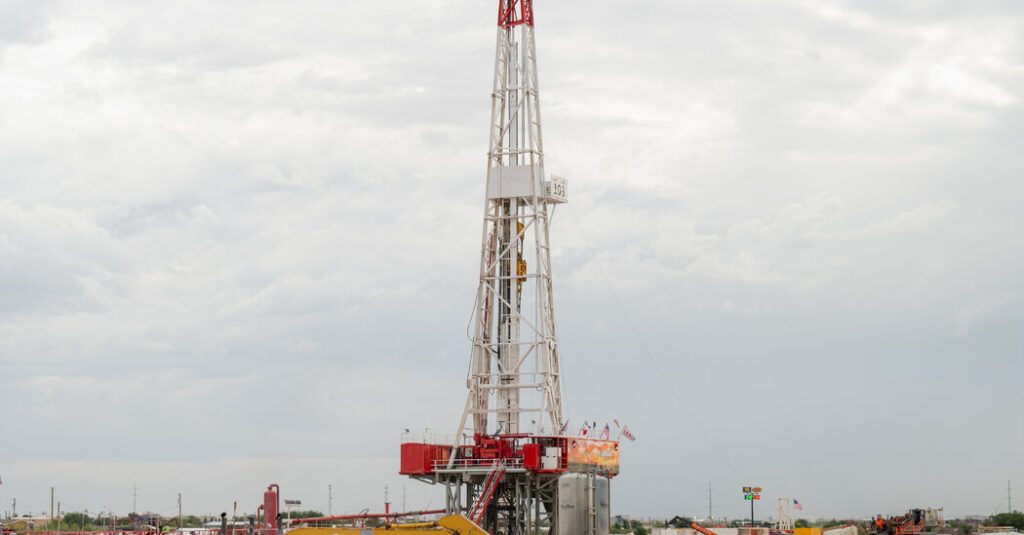Challenges in the Oil and Gas Industry Amid New Tariffs and OPEC Decisions
Unanticipated Market Changes
The oil and gas industry, often optimistic about favorable regulatory environments with the Trump administration, is now facing significant challenges. Executives had anticipated an increase in drilling opportunities and a reduction in stringent regulations. However, recent economic developments have prompted industry leaders to reconsider their optimistic outlook.
The Impact of Tariffs and Global Trade Tensions
On a recent Wednesday, President Trump’s announcement of steep tariffs surprised many, injecting uncertainty into global markets. Concerns have arisen that escalating trade tensions could impair economic growth, potentially driving down fuel demand and influencing oil prices negatively.
OPEC’s Production Decisions
Further complicating the situation, a coalition of oil-producing countries, known as OPEC Plus, declared intentions to increase production beginning May. This announcement resulted in a significant drop in Brent crude oil prices, which fell to $65.58 a barrel—its lowest point in over three years.
Consumer Benefits and Industry Concerns
The decline in oil prices is advantageous for consumers, as it lowers gasoline and fuel costs. Nonetheless, U.S. energy companies, particularly within the burgeoning landscape of domestic oil production, are expressing alarm. Continued low prices threaten their viability, potentially leading to reduced investments and job cuts.
Elevated Costs Amid Falling Prices
Industry executives are more cautious in their operations. D. Kirk Edwards, CEO of a small oil and gas company in West Texas, remarked, “We’re going from ‘drill, baby, drill’ to ‘wait, baby, wait.’” He noted that production costs have increased significantly due to tariffs on steel, essential for drilling infrastructure, raising questions about profitable drilling endeavors in this challenging environment.
Contradictions in Energy Policy
The falling oil prices pose contradictions within the Trump administration’s energy policy objectives. While the administration has encouraged increased drilling activities from oil and gas companies, there’s also a desire to keep oil and gas prices low—targeting levels as low as $50 a barrel to prevent inflation. Chris Wright, the energy secretary, stated, “We certainly believe it’s in the best interest of the American people and honestly the citizens of the world to have lower oil prices.”
Future Outlook for Oil Companies
According to the Federal Reserve Bank of Dallas, if oil prices continue to plummet, many companies may find it economically unfeasible to drill new wells in certain regions. The recent decision by OPEC Plus to ramp up production has led to a reevaluation of their short-term strategy in light of shifting market conditions.
Market Reactions and Strategic Adjustments
Experts suggest that the current situation requires OPEC Plus to reassess its approach. Robert McNally, a former energy advisor, believes the decision by OPEC’s leaders to increase production was driven by a combination of discipline among its members and a strong market outlook. However, the simultaneous rise in tariffs and production capacity has sparked investor anxiety that may necessitate a shift in strategy.


